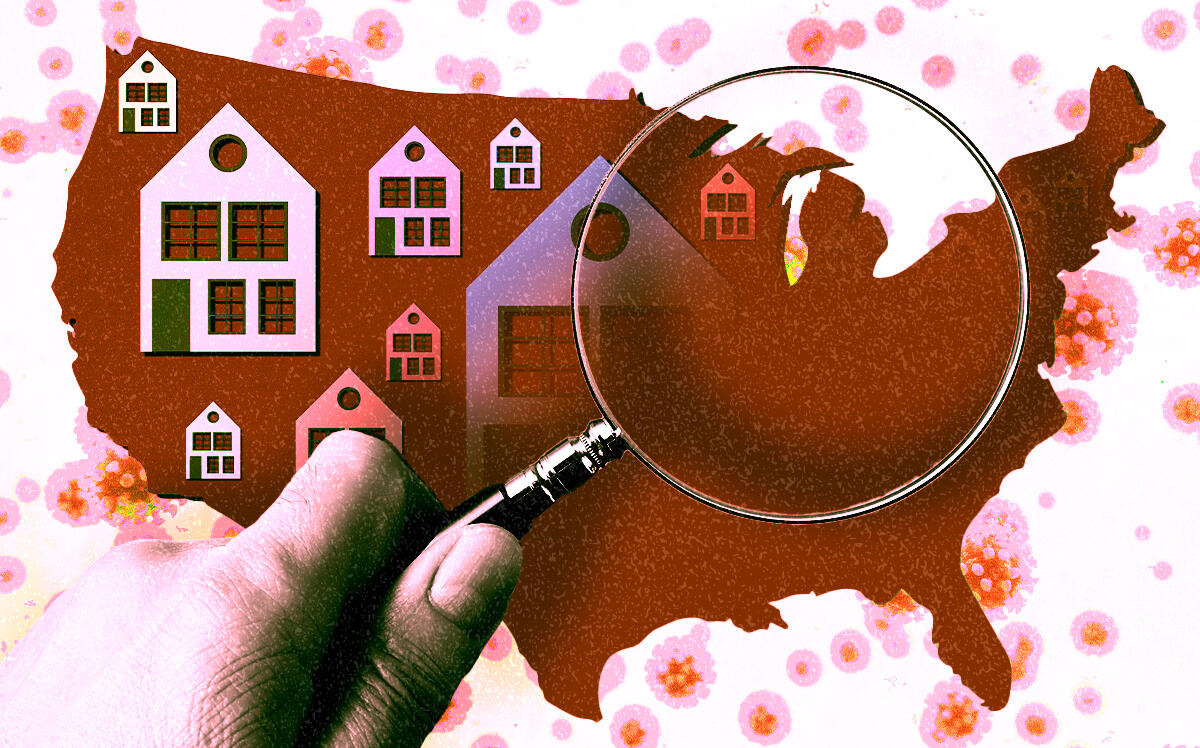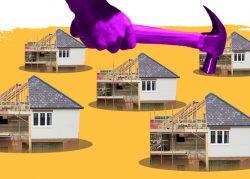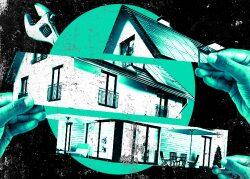 Listings shortage could endure for years, experts say
Listings shortage could endure for years, experts say
Trending
Strapped supply turned housing shortages national before pandemic frenzy
Areas in Texas, California and Florida saw deficits worsen: report

The country’s housing shortage has taken center stage in recent years, but its origins pre-date the pandemic as strapped supply spread across the country, amounting to a national issue.
The United States was short 3.8 million homes in 2019, fueled by a rise in underproduction in states previously resistant to the problem, according to recent analysis reported by Bloomberg. The analysis came from Up for Growth, an organization dedicated to solving the housing shortage.
The deficit rose threefold in Texas from 2012 to 2019, surging to 322,000 homes. Georgia and Arizona were among the states that hadn’t previously recorded shortages, but saw significant surges in housing deficits emerge.
Texas was among the state leaders in the housing shortage in 2019, along with California and Florida; the Golden State easily topped the list with a deficit of 978,000 homes. The only states that didn’t have a notable deficit in homes at the time were North Dakota, West Virginia and Wyoming.
Reasons for the housing shortage vary across states and cities. Some aren’t building enough, while others don’t have proper zoning allowed for enough home production. And some have plenty of homes, but not plenty of homes that are habitable.
Read more
 Listings shortage could endure for years, experts say
Listings shortage could endure for years, experts say
 Homebuilding gap between supply and demand widens
Homebuilding gap between supply and demand widens
 Housing starts jump 22% year-over-year as shortage persists
Housing starts jump 22% year-over-year as shortage persists
“If we don’t solve this deficit, particularly now with other headwinds, America’s housing underproduction is likely to get worse,” Kingsella told the outlet.

Up for Growth CEO Mike Kingsella (Up for Growth)
Those headwinds include moves by the Federal Reserve, which is expected to further hike interest rates this month, boosting mortgage rates and tanking home affordability for many. Inflation and rents are also on the rise, leaving some stuck choosing between a mortgage they can’t afford and a rent payment they can’t make.
The supply-and-demand chain has tilted heavily towards the latter during the pandemic, as the construction industry has contended with labor shortages and volatile material prices.
The slowdown in construction and supply chain issues has also led to a listing shortage, which is the number of homes available for sale. In the spring, experts told U.S. News & World Report that they expected the historic inventory shortage to last for years.
— Holden Walter-Warner




